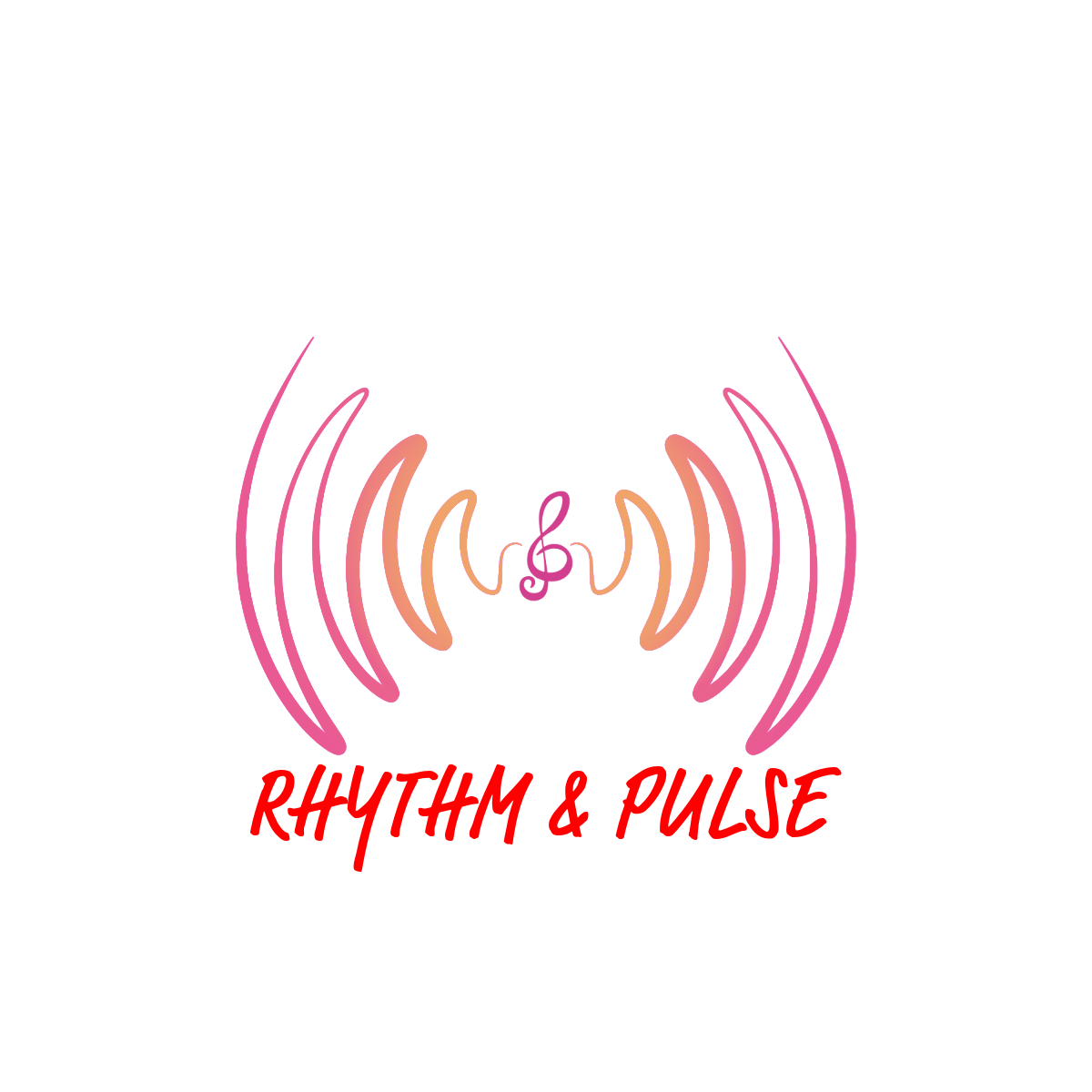🎛️ Tempomatching
Tempo matching refers to the process of adjusting the speed (tempo) of two tracks so that they play at the same beats per minute (BPM). Every track has a BPM, which indicates the speed of the music. For example:
- A house track might have a tempo of 128 BPM.
- A hip-hop track could be around 90 BPM.
When DJs tempo match, they use pitch control on their DJ equipment to increase or decrease the tempo of one track until both tracks are playing at the same BPM. This is crucial because, without tempo matching, the tracks will fall out of sync, making the mix sound disjointed.
Example:
- Track A is playing at 120 BPM, but Track B is slower at 115 BPM.
- The DJ speeds up Track B to 120 BPM so that the tempos match.
Why It’s Important: Tempo matching is the foundation of any mix. Without aligning the BPMs, the tracks will not stay in sync, and transitions between them will sound off.
🥁 Phasematching (bar-matching)
Once the tracks are tempo-matched, the next step is phase matching. Phase matching refers to aligning the beats of two tracks so that they start at the same point in their musical cycle. Even if the tracks are at the same BPM, they can still be out of phase, meaning the beats don’t hit at the same time.
For example, Track A and Track B may both be at 120 BPM, but if Track B’s first kick drum hits a little after Track A’s, the mix will feel off. Phase matching ensures that the beats and downbeats of the two tracks are perfectly aligned in time.
Example:
- Track A and Track B are both at 120 BPM.
- Track B’s kick drum, however, is slightly delayed compared to Track A.
- The DJ uses the jog wheel or nudges Track B slightly to bring it into phase with Track A.
Why It’s Important: Even with perfect tempo matching, if the phases of the tracks are not aligned, the beats will clash and sound messy. Phase matching ensures the beats hit at the same time, creating a smooth and harmonious mix.
🎺 Beatmatching
Beatmatching is the process of using both tempo matching and phase matching together to sync two tracks perfectly. This technique allows DJs to transition between songs without noticeable shifts in tempo or rhythm. Beatmatching is a more comprehensive skill that involves both adjusting the tempo and aligning the phases of the tracks, so the beats match perfectly throughout the mix.
How It Works:
- First, the DJ tempo matches the two tracks so they have the same BPM.
- Then, they phase match the tracks by nudging or adjusting them so that the beats hit at the same time.
- Once both the tempo and phase are aligned, the DJ can seamlessly mix the tracks, keeping the rhythm consistent.
Beatmatching is usually done by ear, especially in traditional DJ setups where vinyl or CDJs are used. However, in modern digital DJing, software like Serato, Traktor, or rekordbox often provides visual aids to help with beatmatching, and some controllers even have a “sync” button to automatically beatmatch tracks.
Why It’s Important: Beatmatching is one of the most important skills for any DJ. It ensures that tracks flow into one another without jarring shifts or disruptions, maintaining the energy and consistency of the set.
Key Differences
-
Tempo Matching:
- Focus: Adjusting the BPM of two tracks so they match.
- Purpose: Ensures the songs play at the same speed.
- Tools: Pitch control, tempo faders.
-
Phase Matching:
- Focus: Aligning the beats (phase) of the tracks.
- Purpose: Makes sure the beats hit at the same time, avoiding clashing.
- Tools: Jog wheel, nudge buttons, or platter adjustment.
-
Beatmatching:
- Focus: Combining both tempo and phase matching for a seamless mix.
- Purpose: Achieves perfect synchronization between tracks for smooth transitions.
- Tools: All of the above (pitch control, jog wheels, software visual aids).
🎵 How They Work Together 🎶
In a typical DJ set:
- Tempo Matching is done first to ensure both tracks are running at the same speed.
- Phase Matching follows to make sure the beats of the two tracks are aligned.
- Finally, Beatmatching combines both steps, ensuring the tracks stay synced throughout the transition, allowing for a smooth, continuous mix.
If any one of these elements is off, the mix will not sound clean. Tempo matching keeps the speed consistent, phase matching keeps the beats in time, and beatmatching ensures a polished, professional sound.









 MUSIC & DINNER
MUSIC & DINNER